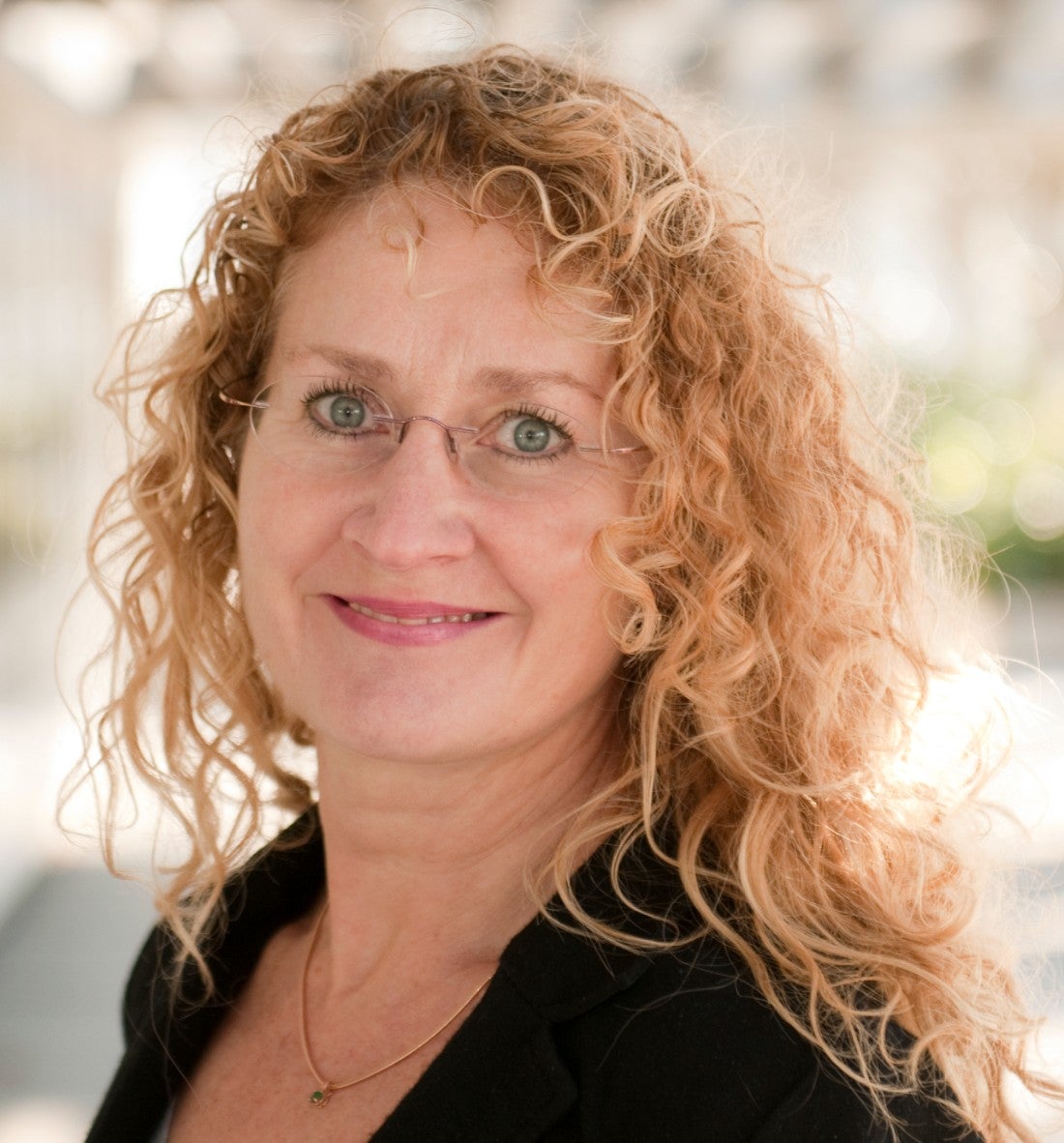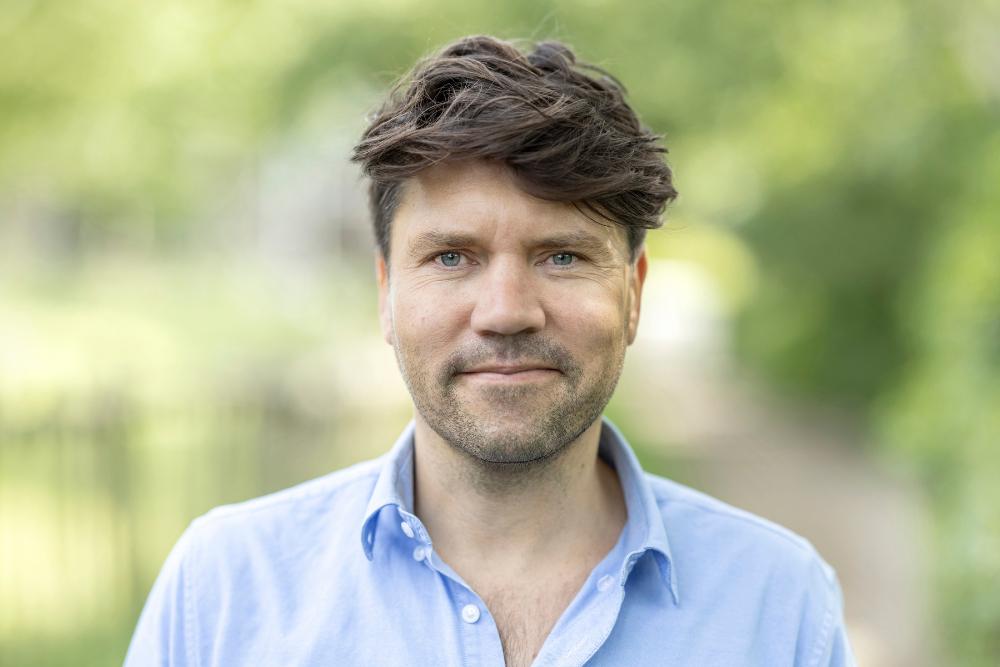Were women once only good at appearing nude on a canvas? According to Jitske Jasperse, this is a much too limited view. „Women have always been vitally important to art."
With your book ‘The female gaze wants something too,’ (‘Het vrouwelijk oog wil ook wat’) how do you hope to get readers to view art differently?
„I want to get away from that image hanging in museums. I want to show that there is much more to art than just female bodies that can only be looked at. From the Middle Ages onwards, women were also very actively engaged in art as patrons, artists and collectors. There wouldn’t have been as much art if it weren’t for their contribution. I hope people realise that museums and art books often only shed light on part of the story."
„And that has an effect on a broader scale too. I recently heard that a reader was fascinated by the ‘weenie count’ conducted by the Guerilla Girls. They are an anonymous group of artists who go to museums and tally up both the number of nude women on display and the number of works by women. There is often a huge difference in these numbers, with many women painted by men, and few works by female artists on display. That reader then sat down to examine his own network, and realised that he mainly provides advice to start-ups run by men."
Is it too much of an oversimplification to say that the reason there’s so little work by women hanging in museums is because men have long determined museum policy?
„That’s certainly one aspect of the problem. Men already dominated society before the discipline of art history existed. Art history as a discipline was established by men, so they were the ones to decide what could be considered art. You can see this reflected both in the field and in museums’ collection policies."
„As a woman you then knew a lot about art and culture, and could go on to marry someone who would provide the income."
„It would be unfair to say that there was an equal ratio of men to women among artists. Over the centuries, men have largely been associated with the making, collecting and commissioning of art. However, that’s not the only side of the story."
You studied art history yourself at the VU Amsterdam, a course that attracts a large number of women. How do you explain this discrepancy?
„It is fascinating that this is the case, given that art history has long been defined by the male gaze. I think it's due to the general idea that if you were a woman who had studied art history, you had developed yourself. You then knew a lot about art and culture, and could go on to marry someone who would provide the income. This continued to be the case for a long time, with no female students advancing to leadership positions. Fortunately, this is changing at an increasingly rapid pace."
„But it’s also due to the anxiety that people feel when what they’ve always seen as ‘truth’ is challenged."
Yet we’re living in a different era now. Why do you think it’s taking so long for change to come about?
„Yes, change is a slow process. But it’s also due to the anxiety that people feel when what they’ve always seen as ‘truth’ is challenged. You can see this in discussions about what should be considered part of art history. Only painting and sculpture, for example, or photography and textiles too? People in the field have difficulty with the feeling that their authority or knowledge is being undermined."
What do you think of the Rijksmuseum's initiative to hang a number of paintings by female artists in its Gallery of Honour?
„I'm glad that these kinds of issues are finally being considered. It’s still interesting to consider whether or not to clearly indicate that the paintings are by male or female artists. By not doing so, you don’t distinguish between men and women, but on the other hand, emphasising the role of women is also about emphasising their actions. I thought long and hard about this paradox while writing the book. Shouldn't it go without saying that women have a place."
And which female artist do you think is missing?
„The work of one of my favourite female artists, Clara Peeters, is not displayed there. I would have liked to have seen her there, but the painting in the Rijksmuseum collection may not be her best work. Should a museum present a survey of artists’ work, regardless of quality? Or should the focus be on presenting the best? In my opinion, the quality discussion is not necessarily the most interesting one, and it’s only one of the many themes that art history deals with."








